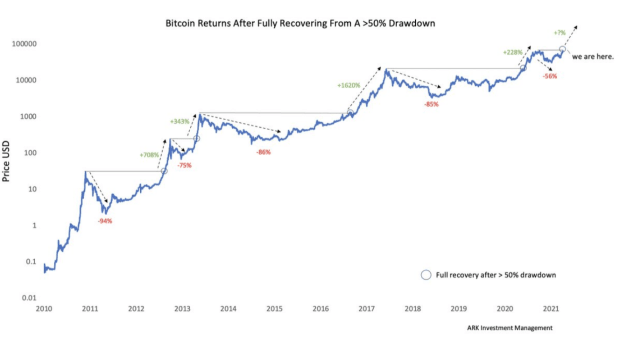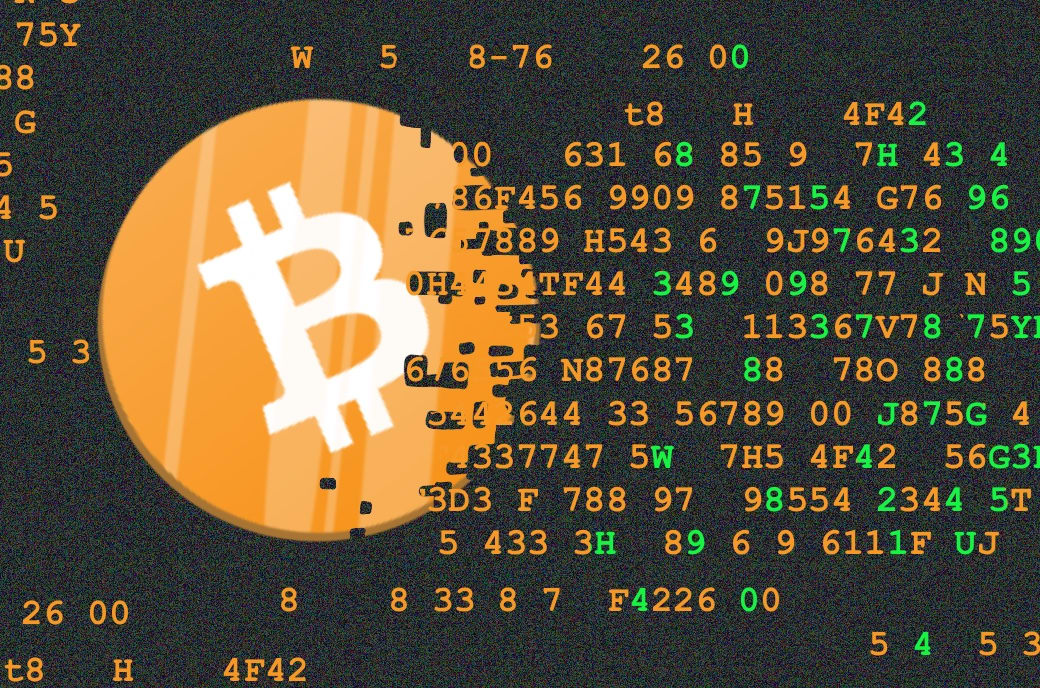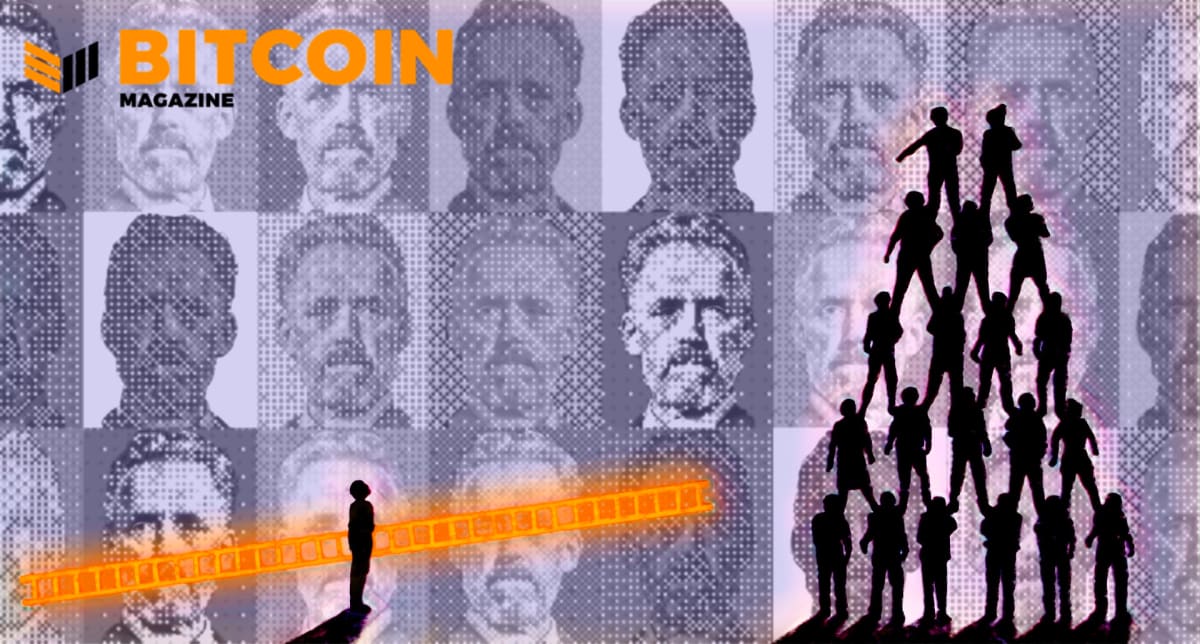Bitcoin’s Fifteen Years Of Evolution: A Look Beyond the Original Whitepaper
Today is fifteen years from the date of the publication of the Bitcoin whitepaper. A lot has happened in that fifteen years. Bitcoin went through the blocksize war. A nation state has adopted Bitcoin. We are possibly on the verge of a Bitcoin ETF approval. Bitcoin in almost every way is nothing like it was described in the original whitepaper all the years ago.
The network has grown, it has changed, it has evolved. On a social level, an economic level, and a technical level it’s a completely different animal than it was all those many years ago. I feel like on this day, every year, people tend to focus on Bitcoin as it was all the way back in 2008. People get nostalgic about the basic design with no mention of mining pools, or ASICs, or second layer protocols. This year I wanted to do something different than wax poetic about section 10 on privacy, or section 4 on Proof-of-Work.
In fifteen years more development has occurred on Bitcoin than one person can easily keep track of. There have been a good number of whitepapers over that time period since the original Bitcoin whitepaper itself. So why do we keep focusing just on the one original whitepaper every year on this day? In just the last year alone, out of the past fifteen, five major whitepapers have been released that could completely change how people interact with Bitcoin.
Bitcoin itself just continuing to exist as it is right now is a massive and world changing achievement, but that is not enough to create the world that many of us want to see. Bitcoin cannot yet meet the scale and functionality to serve the entire world in the way it serves people using it currently. There is a lot of work left to do, a lot of problems to solve, and a lot of whitepapers to write. Let’s look at some of the big papers written in just the last year looking to solve some of Bitcoin’s outstanding shortcomings.
BitVM
Released on October 9, 2023, just this month, BitVM completely shattered the notion of what Bitcoin is or is not capable of. Robin Linus of Zerosync published a paper describing an off-chain scheme for using arbitrary computation to secure the conditional transfer of Bitcoin against said computation. The core value of Robin’s proposal is that it requires zero changes to the Bitcoin protocol to accomplish.
There are two novel insights that contribute to this idea being viable. First is that it is possible to create a NAND logic gate using existing Bitcoin script in a way that validates on the stack that the NAND operation is done correctly. For example, if a user provides 0 and 1 as inputs to the script, and if the output that they provide is anything but a 1, the script will actually fail execution because the NAND operation is invalid.
The second insight is that hashlocks can be used to commit to which inputs a user wants to provide to a computation in an irrevocable way. A user commits to input bits by revealing one or two preimages corresponding to a 1 or a 0, after which a user cannot change the committed inputs as revealing both preimages to any one logic key will allow the other user to submit a penalty transaction and claim all of their funds.
From this point it is simply a matter of running the computation off-chain, and if one party tries to lie or withhold output, the other can simply challenge them on-chain. From here the challenging party either claims money after a timelock, or after the other user reveals both preimages trying to cheat. This design allows for an incentivized off-chain computation to secure Bitcoin, with the guarantee that eventually things will settle correctly on-chain, even if it takes a long series of transactions to back the dishonest user into the corner of either revealing both preimages to be penalized, or giving up and letting the other user claim after a timelock.
BitVM has completely changed the degree to which Bitcoin is programmable, without needing any change to the Bitcoin protocol itself.
Timeout Trees
On September 8, 2023 John Law posted his paper “Scaling Lightning With Simple Covenants” to the Lightning-dev mailing list. In the paper he described a concept he called a Timeout Tree as a solution to scaling the channel creation and closure for casual Lightning users. One of the most well known scaling limitations of the Lightning Network is the number of users that can open or close channels within any given block. This presents a large challenge to on-boarding users onto the network in the long term. Once someone has a Lightning channel it can be used to their heart’s content off-chain, but there is only so much blockspace available every ten minutes for new users to open channels.
Even the original Lightning whitepaper calculated that if each of the 7 billion people on Earth only opened two channels per year, Bitcoin would require 133 MB blocks in order to on-board the entire world to Lightning. This is not an unknown, or recently discovered limitation, it was always known. Timeout trees present an alternative solution to a blocksize increase.
The basic concept is that an LSP can utilize CHECKTEMPLATEVERIFY(CTV) to batch open channels to a very large group of users in a single UTXO, but with a catch. All of the channels expire, and if they haven’t been unilaterally closed (or at least the funding transaction actually confirmed on chain instead of being left committed to by CTV) by the end of that expiry, the LSP can sweep all of the funds in the group of channels. This allows a very efficient channel opening footprint, potentially thousands of channels all opened with a single UTXO, and in the cooperative case a very efficient closing footprint, with all users simply routing funds over the Lightning Network from the expiring Timeout Tree to a new one off-chain and letting the LSP sweep the old tree after the expiry.
Timeout Trees are an incredibly simple idea that offers a huge degree of flexibility in overcoming one of Lightning’s biggest known limitations.
Ark
Ark is another second layer proposal that was released by Burak Keceli on May 22, 2023. Ark offers an entirely new layer two design proposal attempting to overcome some of the limitations of the Lightning Network. It is very similar conceptually to a channel factory, but the key difference is in how it is used. A channel factory hosts a conventional Lightning channel that can be used repeatedly to send and receive, an Ark factory allows users to control an off-chain UTXO that can only be sent in its entirety a single time, like a cash note. Users spend their off-chain UTXO by atomically linking it to the creation of a new off-chain UTXO in a new Ark to transfer that UTXO. New Ark’s are created regularly to allow users to transfer coins in a rotation scheme from old Ark to new Ark.
This is accomplished using something called an ATLC. In the transfer scheme, the Ark Service Provider (ASP, analogous to an LSP) is fronting the liquidity to facilitate transfers. When an existing Ark off-chain UTXO is spent, the transaction spending it to the ASP in compensation for fronting liquidity to the receiver is signed using an input from the new Ark in which the receiver is gaining control of the funds. This guarantees that if the new Ark, where the receiver is getting money, never confirms, the ASP cannot claim the sender’s money.
Ark is a cash-like system, with no liquidity constraints requiring a specific user to have receiving capacity ahead of time to be able to spend money, but because of this it has a much higher liquidity cost than a traditional LSP. This might however be worth the higher overhead for the service provider in exchange for providing a more cash-like user experience.
ZeroSync
On May 12, 2023 Robin Linus published the Zerosync proposal to the bitcoin-dev mailing list. The scheme is an entirely application side zero knowledge proof system for bootstrapping a Bitcoin node. Composed of three separate proofs, Zerosync has the potential to enable trustless bootstrapping of a new Bitcoin node without having to actually download and process the entire historical blockchain.
The first of the three proofs covers the validity of block headers in the blockchain, providing a succinct proof on the order of kilobytes that the difficulty requirement for each block header is successfully met. The second proof validates the UTXO set at each block height by using Utreexo, a prior proposal to allow nodes to validate blocks without having the entire UTXO set. Lastly, the final proof will actually provide a guarantee that all historical signatures and other witness data in the blockchain are valid.
Together, these three proofs would allow a node to simply download the current UTXO set in addition to a small proof at most a few kilobytes in size and instantly having a fully trustless and validating node running. This will completely change the cost of users fully validating the system when interacting with Bitcoin.
Civ Kit
On May 1, 2023 Antoine Riard posted the Civ.Kit: A Peer-to-Peer Electronic Market System whitepaper written in collaboration with Nicholas Gregory and Ray Youssef to the Bitcoin-dev mailing list. Civ Kit proposed a decentralized marketplace for trading everything from fiat currency for Bitcoin to goods and services built on top of the Nostr protocol. Because of the dependence on Nostr, and how that protocol works, every user of Civ.Kit would inherently possess an identity key to authorize messages posted on the market place, as well as form part of a reputational system. In combination with locked funds on the blockchain constituting a bond, market board operators can establish bond requirement policies to allow users to post offers for orders.
With the basis for a reputational system, a resilient broadcast and communication mechanism, and Bitcoin itself as the basis for escrow contracts for trades, Civ.Kit has the potential to be a powerhouse protocol facilitating peer-to-peer economic activity using Bitcoin as a means of exchange. One of the most important axioms long-term for Bitcoin’s success is its use as a means of exchange in a circular economy. Without this peer-to-peer monetization, it risks falling victim to the trappings of regulatory capture. Civ.Kit could be a framework and foundation to prevent that outcome.
To The Next Fifteen Years
These are not even all of the proposals that have been released this year; some floating around aren’t even formal whitepapers. But this is a small taste of the massive progress that has happened in the Bitcoin ecosystem in just the last year. There is still everything that happened the year before that. And the year before that. Not to mention going back another fourteen years.
People love to talk about how Bitcoin isn’t going anywhere or doing anything interesting, or that no technical development occurs and it is a stagnating and dying coin. After going through just some of the big proposals in only the last year, does Bitcoin seem like a stagnant and dying project to you? Should we just give up, pack it all in, and go home? After fifteen years of time, hard work on the part of many, and the numerous possible avenues to explore to continue improving and extending this project, does it feel dead to you?
It doesn’t to me.









